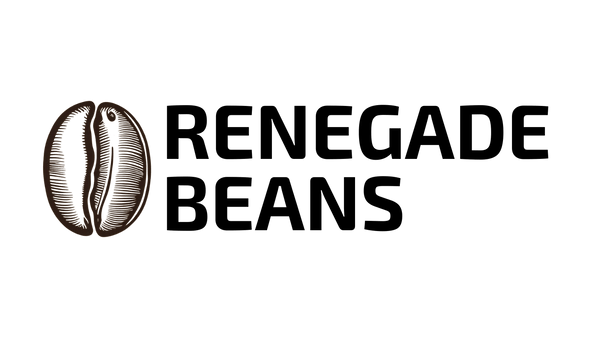MADAGASCAR – DAY 13. How we plan to start a “bank” in Madagascar.
Share with others
Alright, now a bit more seriously. Coffee is actually produced in quite large quantities in Madagascar. We spent most of our time exploring the Vohipeno region, and just along the banks of the Matitanana River, thousands of tonnes of coffee are grown each year. Most of it is of poor quality and consumed locally. Bringing out one container of coffee from here and paying farmers a slightly higher price would make absolutely no difference in the bigger picture. Not even for one village.
Therefore, we’re not going to do that — because one of our key principles is that there must be a clear vision of how our actions can bring about a broader, meaningful change in the environment. In other words, something deeper, more systematic is needed.
At the moment, the process faces three simple but major problems:
The average buyer doesn’t care much about quality, because consumers in the larger local cities don’t care much either, and that’s where most of the crop ends up.
Many farmers pick half-ripe cherries as soon as they can, because they desperately need money as quickly as possible.
Buyers know the farmers are in financial distress, and since supply at the beginning of the season exceeds demand, the price is pushed as low as possible.
In the end, everyone loses except the middleman. Consumers drink poor-quality coffee, and farmers get hit from several sides – picking unripe, small cherries means lower yield, and they get paid very little for it.
And that’s where we arrived at our “coffee bank” idea. The initial concept actually came from our local guide, Oni, and everyone immediately liked it. The idea is simple: farmers could take micro-loans secured against their future harvest. In essence, it’s a pre-payment for coffee, which gives farmers more flexibility and stability in everyday life. It removes the pressure to pick unripe cherries and allows us to pay a significantly better price for quality coffee.
This model would solve one of the biggest bottlenecks. But on its own, it’s not enough for a lasting change. The entire value chain and mindset need to evolve. Farmers need training, plantations need renewal and that’s a much more complex challenge.
Luckily, we quite coincidentally discovered one area where the necessary supporting puzzle pieces already seem to exist, and maybe we can help bring them together:
A newly established farmers’ cooperative and a well-built coffee processing centre constructed through an aid programme.
A nursery and a motivated agronomist capable of growing new coffee seedlings, as well as cacao trees and much more.
Right now, all this operates rather shakily and mostly relies on personal enthusiasm, but at least the foundations and motivated people are there — people who genuinely want to change things at the grassroots level.
We believe that with relatively small adjustments, it would be possible to double farmers’ incomes within a couple of years. And if we can also stimulate and support cooperation within communities to improve their living environment, then together these things could create a change that opens up new perspectives.
Of course, all of this sounds nice in theory. Let’s not sugarcoat it, at this point, it’s still largely a conceptual idea. It’s not realistic to achieve much more within just a few weeks on the ground. There are many question marks.
But… we’ll probably give it a try.
The cooperative we found still has some beans of acceptable quality from the recently ended harvest stored in their warehouse, so our first step will likely be to test whether and how we can export anything from Madagascar at all. If that’s feasible, we’ll have about half a year to prepare before the next harvest begins. The key is to find the right local people who are ready and capable of leading the project. We definitely won’t be running it from Estonia or Lithuania at the grassroots level.
Finally, during our travels here, we’ve seen buildings and roads constructed under various Western aid programmes. Some are half-finished, others already falling apart. These programmes create preconditions, but farmers and communities usually lack the capacity to make use of them. If a village doesn’t have a single computer or smartphone, it’s hard to get anywhere today.
Our approach is different. We want to build, together with local leaders, a functioning value chain that actually works in reality: from the coffee garden to the end customer who drinks and appreciates the final product. Our scale is small, but maybe one day we can also be a guiding light here — a small sign of hope that doing things differently is possible.
Maybe it will work.
